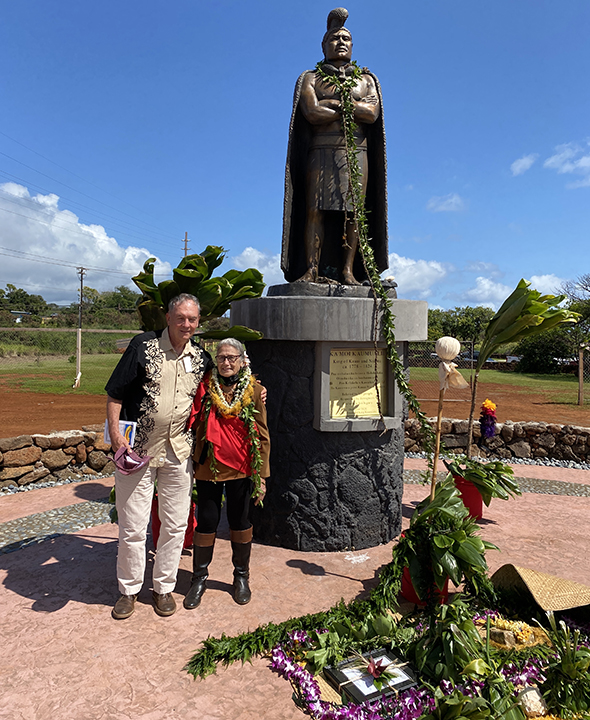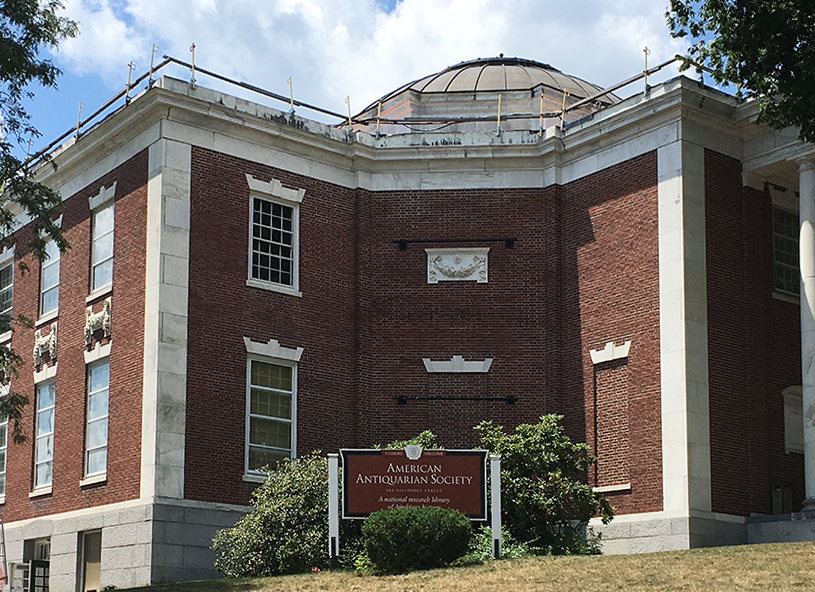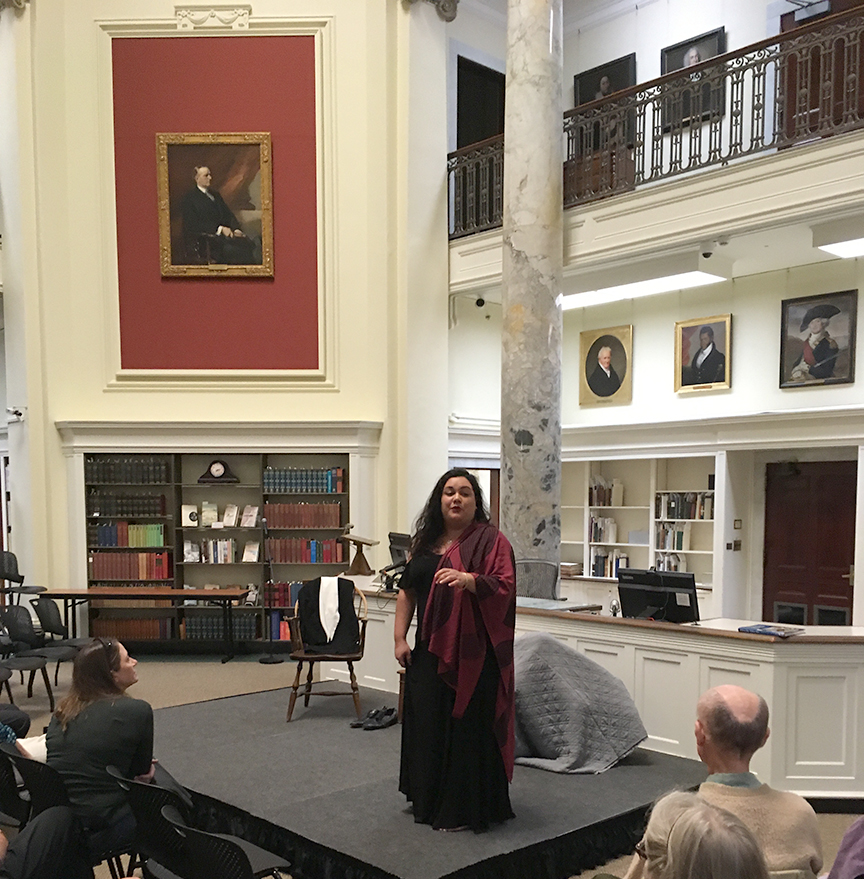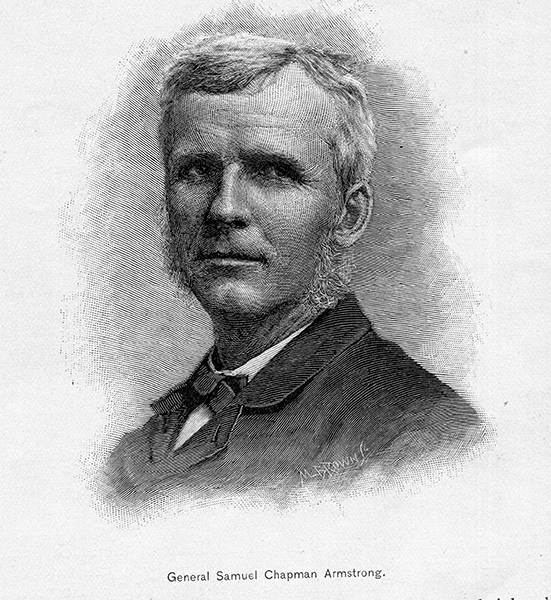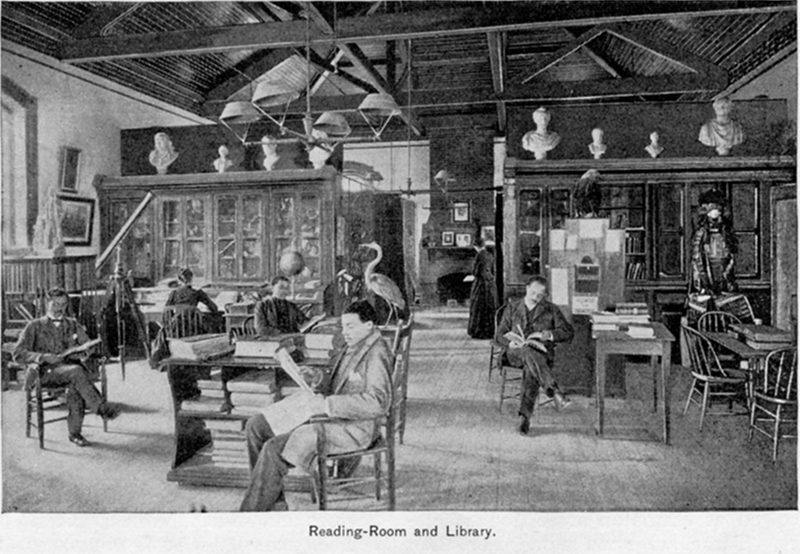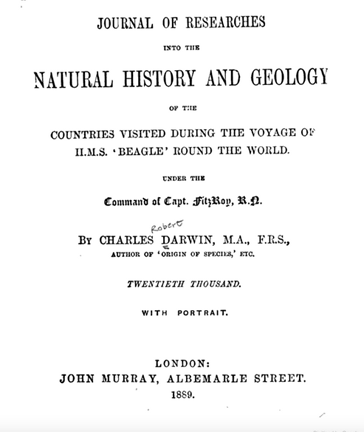
pp.492-497
Charles Darwin the father of the Theory of Evolution astutely observed the lives and actions of English missionaries and Tahitian Christians during the Voyage of the Beagle. Following is a passage from Darwin’s journal of his voyage, written in the Tahitian spring of 1835. (editor).
November 18th, 1835.—As the evening drew to a close I strolled beneath the gloomy shade of the bananas up the course of the stream. My walk was soon brought to a close by coming to a waterfall between two and three hundred feet high – and again above this there was another. I mention all these waterfalls in this one brook to give a general idea of the inclination of the land. In the little recess where the water fell it did not appear that a breath of wind had ever blown. The thin edges of the great leaves of the banana, damp with spray, were unbroken, instead of being, as is so generally the case, split into a thousand shreds. From our position, almost suspended on the mountain-side, there were glimpses into the depths of the neighbouring valleys; and the lofty points of the central mountains, towering up within sixty degrees of the zenith, hid half the evening sky. Thus seated, it was a sublime spectacle to watch the shades of night gradually obscuring the last and highest pinnacles.
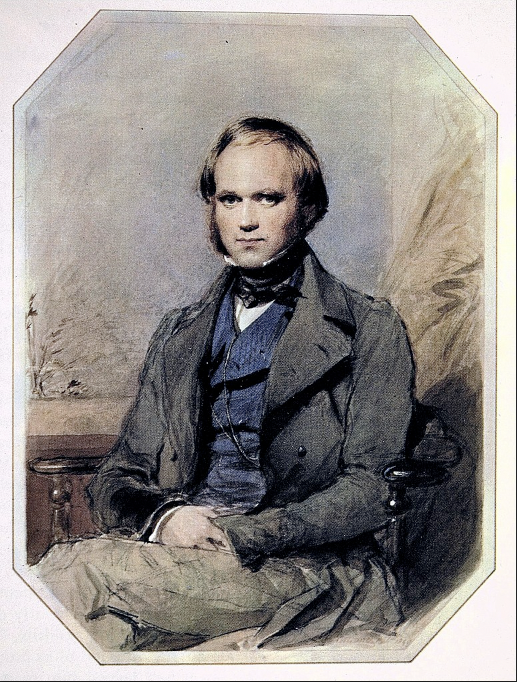
Before we laid ourselves down to sleep, the elder Tahitian fell on his knees and with closed eyes repeated a long prayer in his native tongue. He prayed, as a Christian should do, with fitting reverence, and without the fear of ridicule or any ostentation of piety. At our meals neither of the men would taste food without saying beforehand a short grace. Those travellers who think that a Tahitian prays only when the eyes of the missionary are fixed on him should have slept with us that night on the mountain-side. Before morning it rained very heavily, but the good thatch of banana leaves kept us dry.
November 19th.—At daylight my friends, after their morning prayer, prepared an excellent breakfast in the same manner as in the evening. They themselves certainly partook of it largely; indeed, I never saw any men eat nearly so much. I suppose such enormously capacious stomachs must be the effect of a large part of their diet consisting of fruit and vegetables, which contain, in a given bulk, a comparatively small portion of nutriment. Unwittingly, I was the means of my companions breaking, as I afterwards learned, one of their own laws and resolutions. I took with me a flask of spirits, which they could not refuse to partake of; but as often as they drank a little, they put their fingers before their mouths and uttered the word “Missionary.” About two years ago, although the use of the ava was prevented, drunkenness from the introduction of spirits became very prevalent. The missionaries prevailed on a few good men, who saw that their country was rapidly going to ruin, to join with them in a temperance society. From good sense or shame, all the chiefs and the queen were at last persuaded to join. Immediately a law was passed that no spirits should be allowed to be introduced into the island, and that he who sold and he who bought the forbidden article should be punished by a fine. With remarkable justice, a certain period was allowed for stock in hand to be sold before the law came into effect . But when it did, a general search was made, in which even the houses of the missionaries were not exempted, and all the ava (as the natives call all ardent spirits) was poured on the ground. When one reflects on the effect of intemperance on the aborigines of the two Americas, I think it will be acknowledged that every well-wisher of Tahiti owes no common debt of gratitude to the missionaries. As long as the little island of St. Helena remained under the government of the East India Company, spirits, owing to the great injury they had produced, were not allowed to be imported; but wine was supplied from the Cape of Good Hope. It is rather a striking, and not very gratifying fact, that in the same year that spirits were allowed to be sold in St. Helena, their use was banished from Tahiti by the free will of the people.

